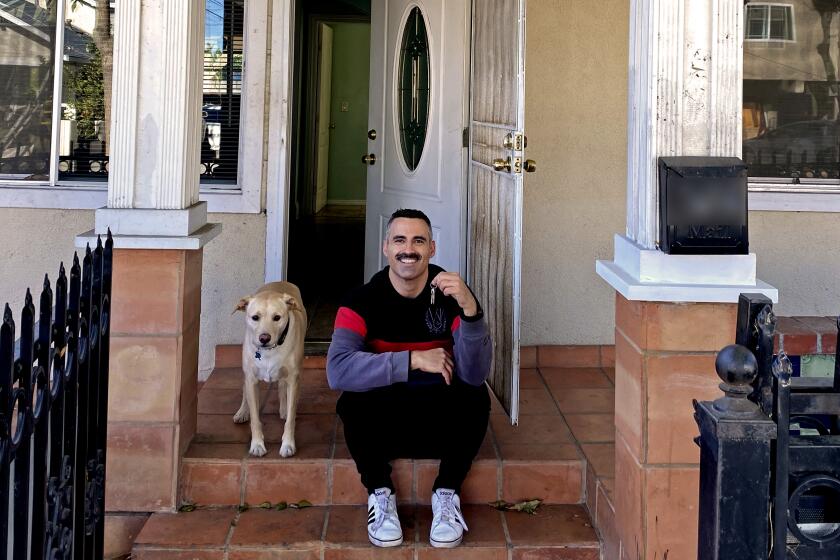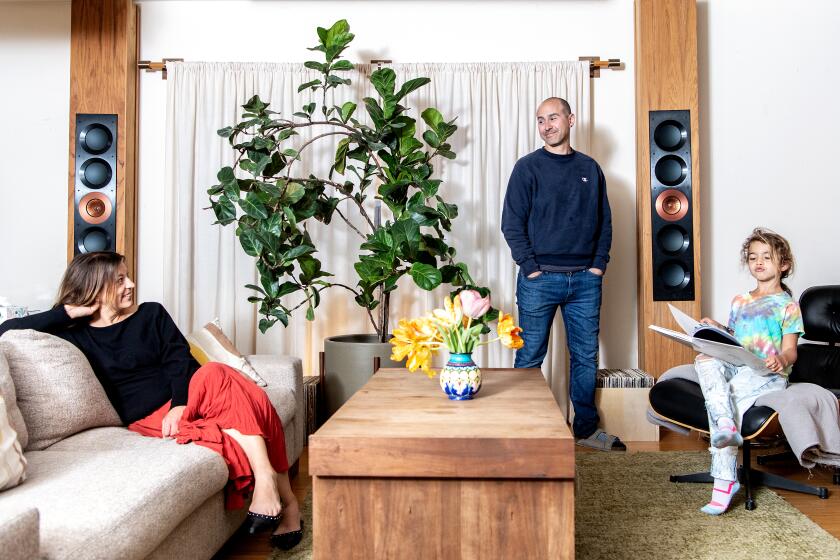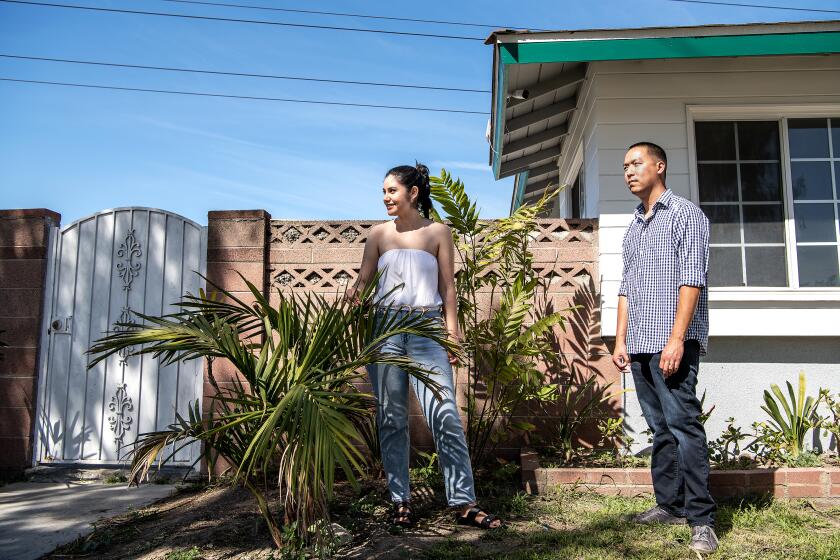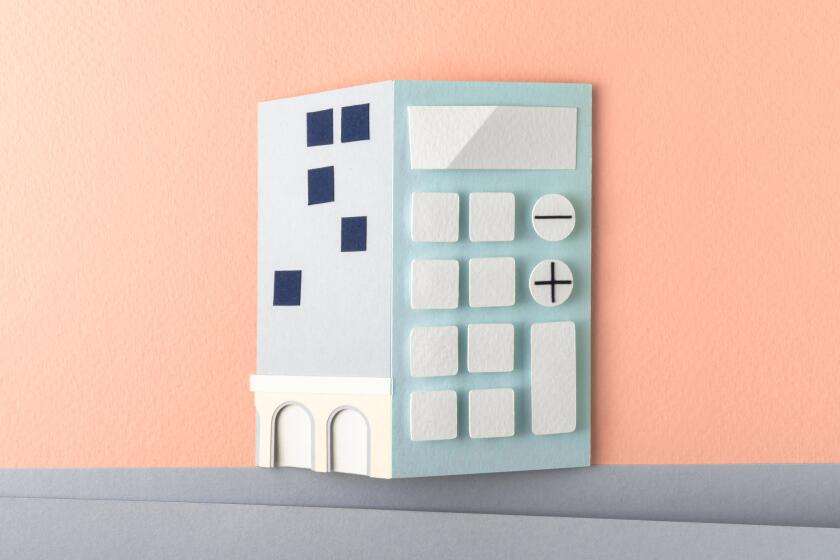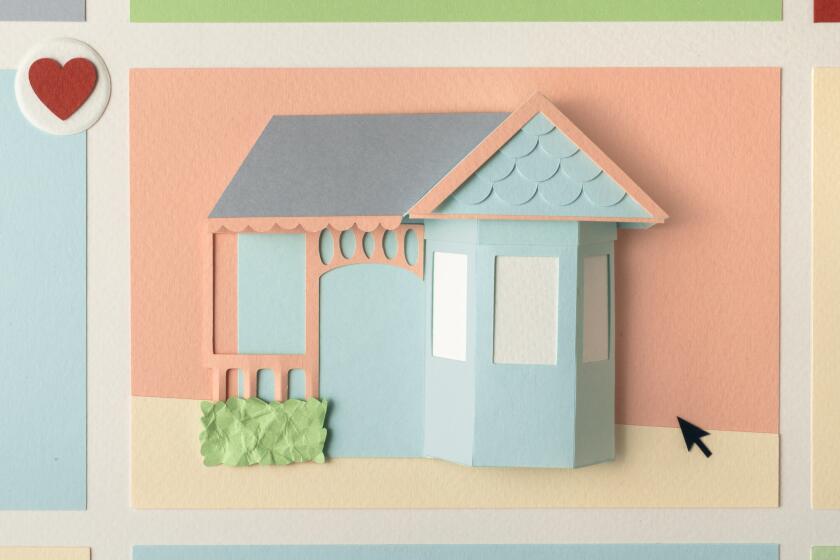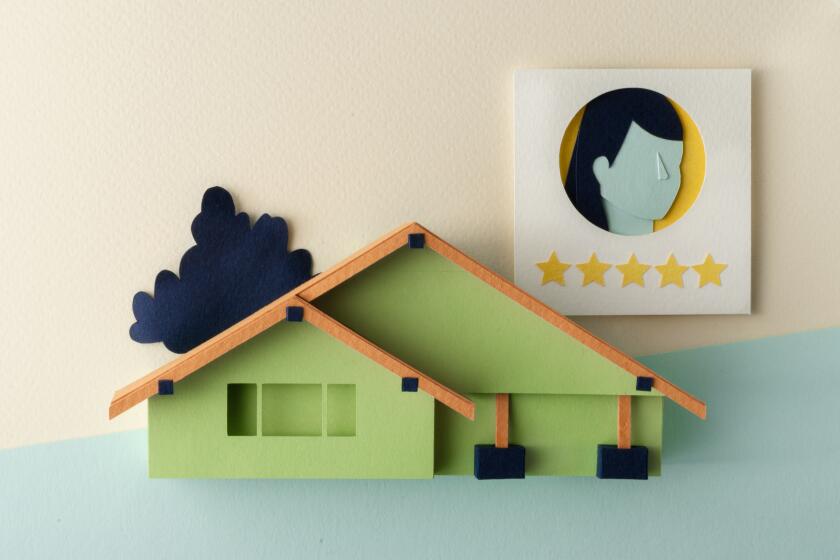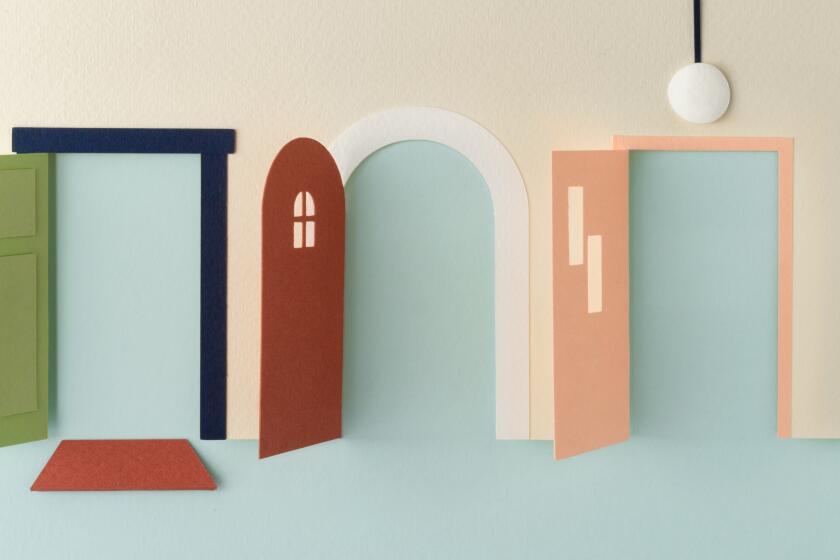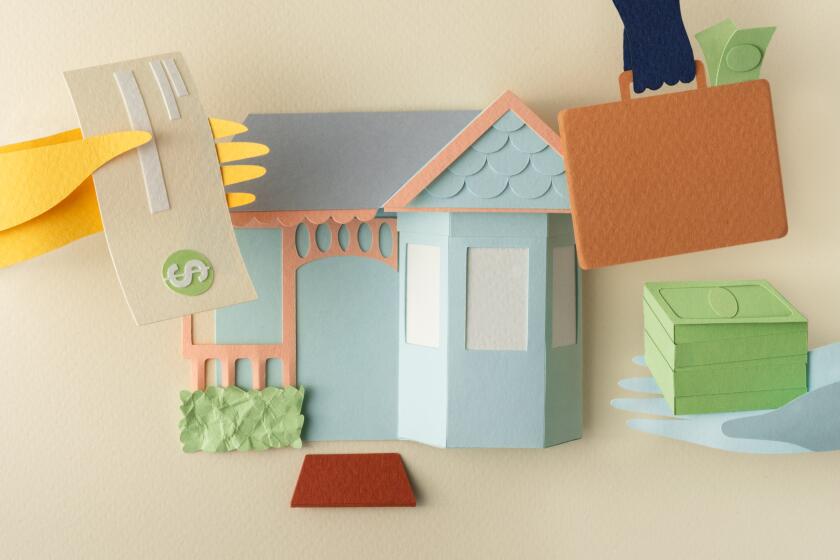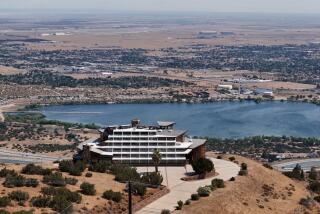How five homeowners chose their L.A.-area neighborhoods
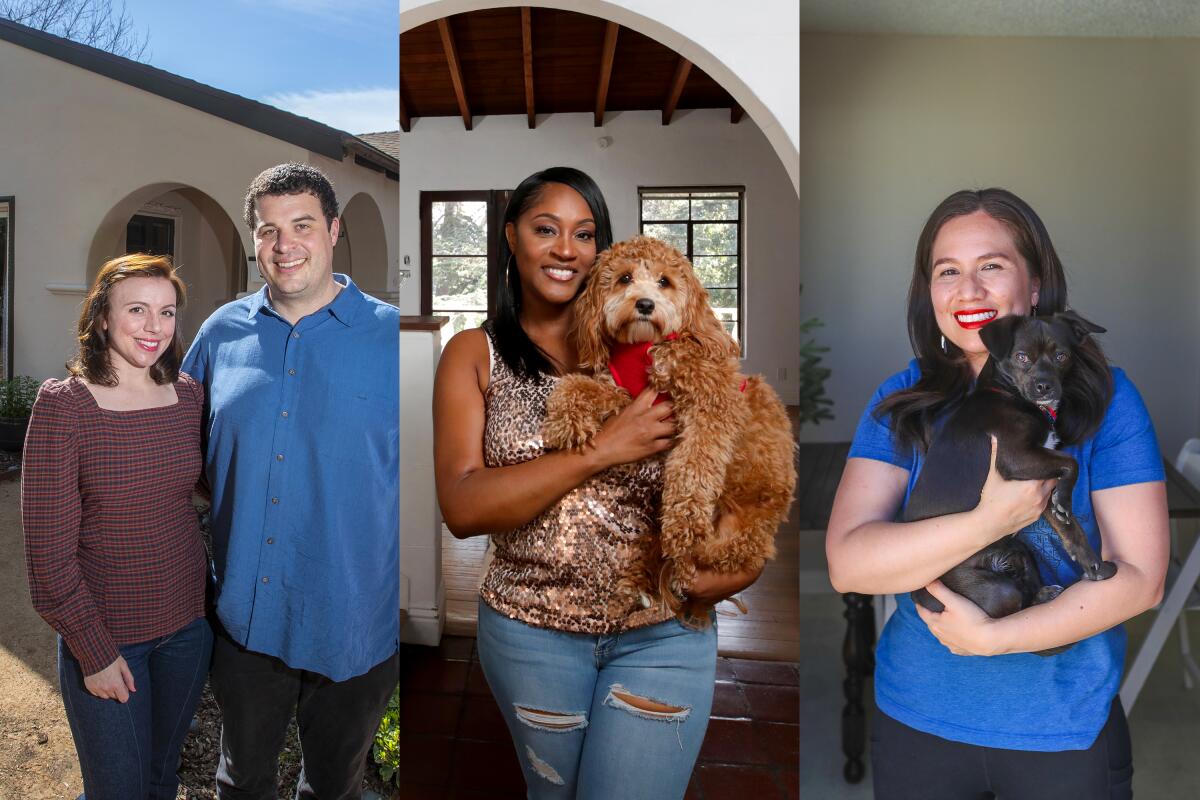
In a region as vast as Greater Los Angeles, simply saying you live here doesn’t say much. Neighborhood is much more telling.
Residents identify strongly with their specific pocket of the metropolitan area, so narrowing down where to buy can be as big a decision as figuring out what to buy.
When I started house-hunting seven years ago, geography was my top consideration after affordability. I knew there were things other people would pay a lot for that I didn’t personally need: good schools (I don’t have kids); proximity to the beach (didn’t seem worth the price premium); public transportation (I’m very attached to my car); a single-family home (too much space for just me); a backyard (I kill plants).
But I also had some non-negotiables. I wanted to be within a 30-minute drive to the newsroom, which at the time was in the heart of downtown L.A. My social life revolves around nights out, so proximity to good restaurants and bars was a must, as was a central location between my Eastside and Westside friends. I’m reasonably active, so nearby hiking trails and workout studios were high on my list, along with quiet residential streets safe enough for evening runs. Ultimately, I bought a one-bedroom condo in Hancock Park.
We talked to five recent Southern California home buyers about how they settled on their neighborhoods.
Southern California home buyers talk about how they made it through — or around — the flurry of ever-higher bids.
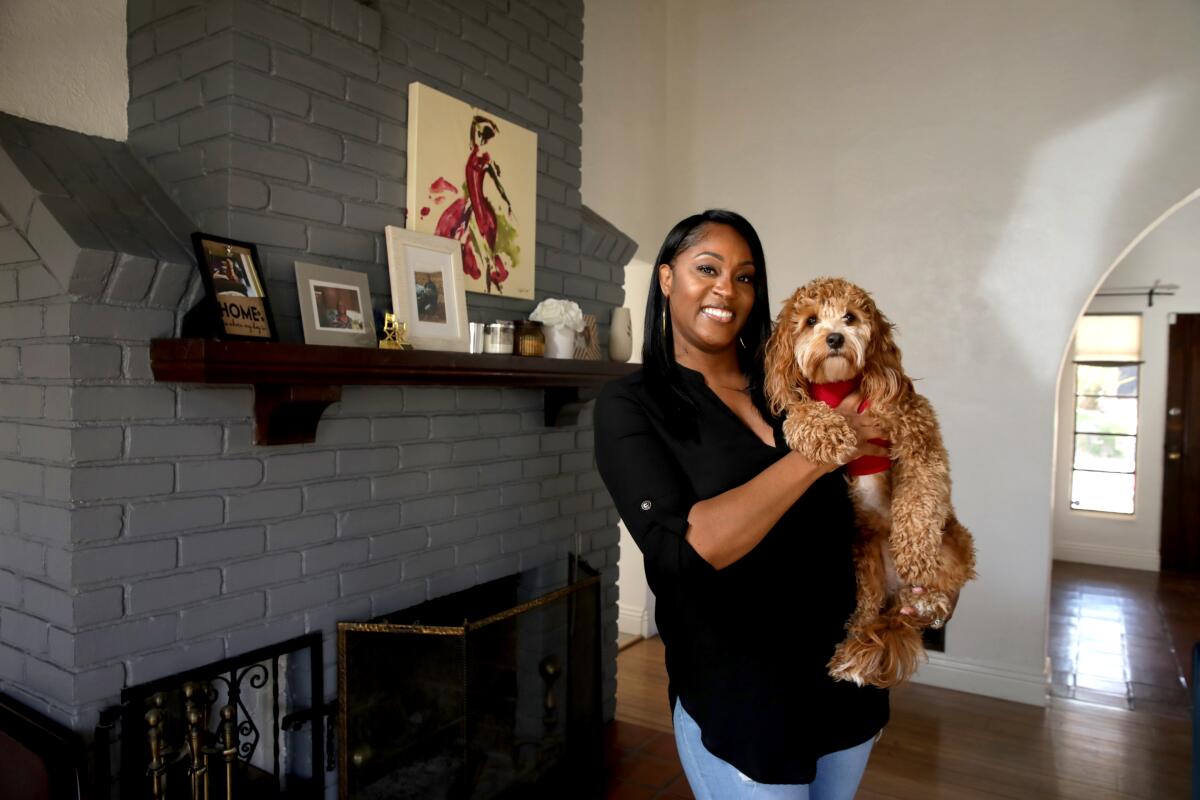
STEPHANIE MOTHERSHED
VIEW PARK
A Southern California native, Stephanie Mothershed had never heard of View Park until she was living in Inglewood in her late 20s. She clearly remembers the first time she drove through it.
She was on her way to a party when she turned onto Valley Ridge Avenue and headed into the heart of the hilly, affluent neighborhood.
“I was like, this is a whole new world: the suburbs in the city,” Mothershed, 41, recalled. “It’s so beautiful; it’s so quiet; you can walk your dog and feel safe. And you feel comfortable because there’s Black people. I couldn’t believe it.”
Ever since then, “I’ve always wanted to buy in View Park,” she said. “The Black Beverly Hills — I wanted to be there. It was a goal, such a huge goal to be amongst the top folks.”
Over the next several years, Mothershed, who works as director of labor relations at CBS, chipped away at her $180,000 in loans from law school. After saving up $100,000 and pulling some money from her 401(k), she finally had enough for a down payment in View Park.
Uncommon ways to buy a home
“It was definitely important to me to buy in a historically Black neighborhood,” she said. “There’s a number of factors: wanting to be in a neighborhood where I felt comfortable and wanting to be around like-minded people.”
She began putting in offers but kept getting outbid. Then a 1930s Spanish-style three-bedroom, 2.5-bathroom tri-level home was put on the market for $899,000 just as the pandemic hit.
“My Realtor said, ‘Stephanie, if you want this house, put an offer on it without seeing it. So I did,” Mothershed said. “And of course, when I saw it, it was a dump.”
The seller originally went with a different buyer, but the deal fell through and Mothershed’s $909,000 offer was accepted.
“I knew it was going to be so much work,” she said. “It needed a new roof; it needed new piping; it needed just about everything: electrical, flooring, paint, a new kitchen, new bathrooms. It wasn’t the Cinderella story where I get the house and everything’s perfect.”
But the extensive renovation work over the last couple of years has been rewarding; the house is massive with a “huge forest of a backyard”; and, most important, she landed in her dream neighborhood.
“It’s such an awesome, awesome feeling,” she said. “Being somebody that has had so many trials to overcome in my life, I pinch myself sometimes. Like, I did this? I did this!”
JOEL ROSENBERG
HOLLYWOOD
When Joel Rosenberg said he would consider only condos that were near his longtime dog walker, his real estate agent “thought I was nuts.”
“You’re going to let your dog dictate where you live?” Rosenberg, 61, remembers the agent saying.
But the architect had lived in the same Hollywood Boulevard rental since moving from New York City in 2006, liked the green space at nearby Runyon Canyon Park — a rarity in his densely packed neighborhood — and had a long-standing morning routine that revolved around dropping off his chihuahua-shiba inu mix, Avi, with the dog walker before work.
“He’s kind of critical in making my life easier,” Rosenberg said. “He takes a group of dogs to a dog park or on a hike from 7 to 10 on weekdays. It’s huge and something I really depended on and didn’t want to give up.”
He never thought he could afford a place in Los Angeles, but his real estate agent suggested selling his Palm Springs townhouse, which he’d bought as an investment in 2019, and using the money to fund his new home.
Most people don’t buy a home with a 20% down payment. Here’s how you can put down less and get more help with down payment and closing costs.
So Rosenberg offloaded the desert property and began searching for condos in earnest last year. Besides staying in Hollywood, his other must-have was a second bedroom that he could use to host guests and — after more than a year of working from his dining table during the pandemic — as an office.
Although his agent tried showing him places farther away, Rosenberg ended up buying a two-bedroom, two-bathroom condo for $750,000 on Franklin Avenue in December. He loves being on a quieter street, the blocky modernist style of the 1962 building and its even closer proximity to Runyon, which he and Avi walk to three times a week.
“I am stubborn about some things,” he said, “but I got what I wanted.”
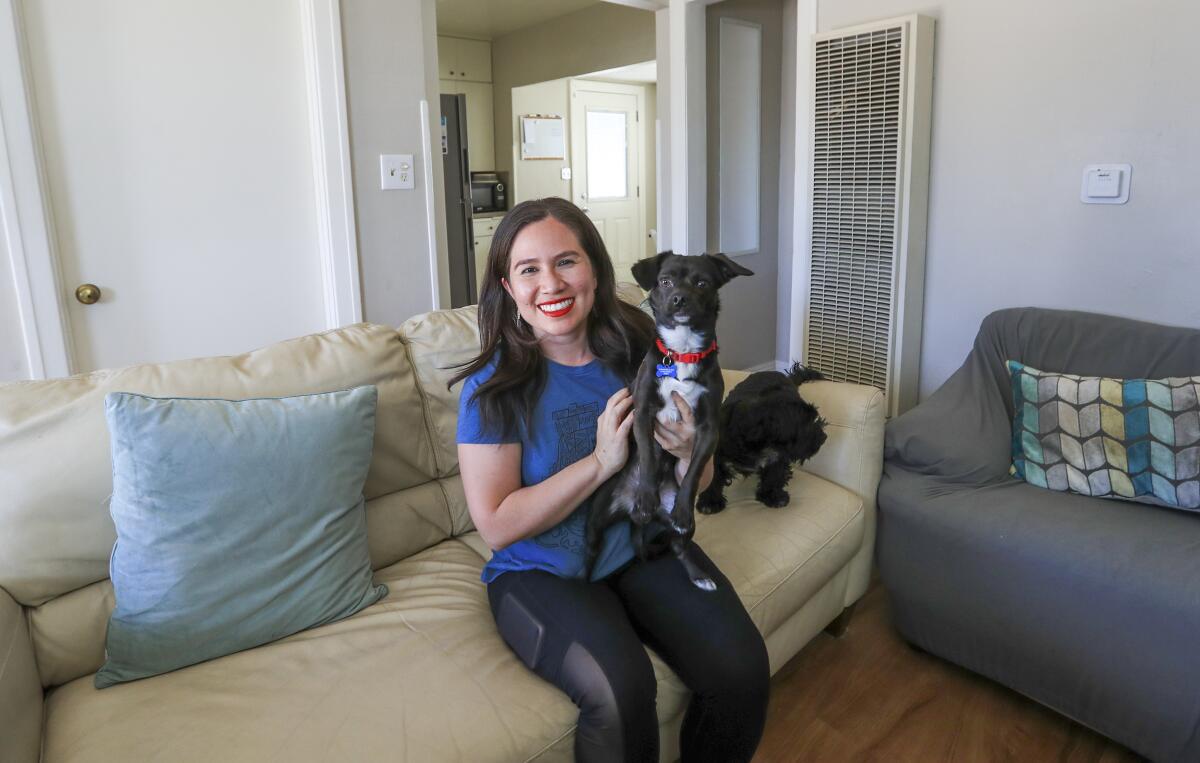
NATALIE HERNANDEZ
LONG BEACH
Born and raised in Long Beach, Natalie Hernandez knew she wanted to buy her first home in the city where she grew up. Her parents still live there, as well as several extended family members, and she loves the diverse community.
“Different types of neighbors was super important to me,” the 30-year-old said. “All income levels, all ethnicities.”
To save money for a down payment, Hernandez moved back in with her parents six years ago, when she was a grad student at USC.
Her original idea was to buy a duplex with them, but the family kept getting outbid by real estate investors offering all cash.
“It hurt first-time home buyers like me who were just trying to get our foot in the door,” said Hernandez, who works as a director at an environmental nonprofit.
After nearly a year of offering as much as $900,000 only to be outbid, Hernandez changed tactics last summer: She decided to look for a single-family home with her boyfriend, Leonardo Zamudio, a 31-year-old refuse operator, instead. That meant a tighter budget of $540,000 or less.
“My boyfriend was like, ‘Why don’t we move to Compton or Paramount? There’s a little less competition there,’” she recalled him saying after the couple were outbid on a two-bedroom in October. “And I was like, ‘No, I have to stay in Long Beach.’ Part of it is a pride thing.”
Her persistence worked: Within a few weeks, the couple found a cozy 520-square-foot house in North Long Beach listed at $480,000. They made an offer for $507,000 and closed in November.
“We decided to compromise a little bit by going for a smaller one-bedroom, one-bathroom on a small lot,” Hernandez said. “We can always build out or see what happens in the next few years.”
She enjoys the walkability of her neighborhood — the house is a quarter-mile from a park and there are restaurants and a pharmacy nearby. Living close to family means weekly dinners and a tight-knit network that she can lean on.
“We help each other out,” she said. “I come from a Latino background, and I think a lot of my culture is about family and taking care of each other.”
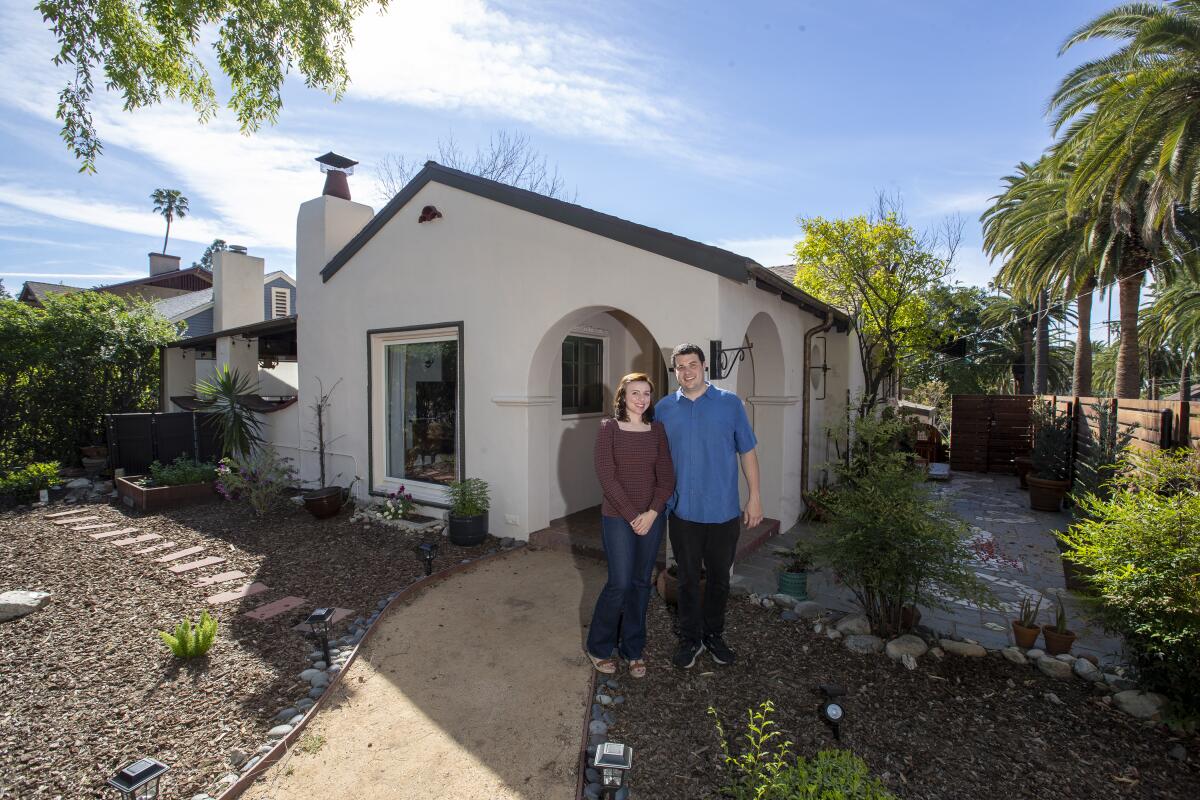
DANIELLE OLDFIELD
PASADENA
Danielle Oldfield and her husband, Robert, had a pretty sweet rent-controlled living situation in Silver Lake, paying just $1,700 a month for an 800-square-foot, one-bedroom apartment.
But with the hope of starting a family soon, the Oldfields began looking a year ago for a house with at least two bedrooms and two bathrooms in their neighborhood.
“We loved it there, and that’s where we wanted to buy,” Danielle, 37, said. “But it was outrageous. There was nothing we could find that was in our price range that wasn’t a complete disaster.”
They had set a budget of $750,000 but quickly found that they were priced out of not only Silver Lake, but pretty much all of the surrounding communities, including Glendale, Burbank, Pasadena and other parts of the San Gabriel Valley.
“We went up to $800,000 — again I started looking and couldn’t find anything that wasn’t a fixer-upper,” Danielle said. “We went up to 850 and found we were getting outbid still.”
After four months of aggressive house-hunting, during which time they looked at 50 listings — sometimes going to as many as 10 open houses in a day — and put bids on more than half a dozen homes, “we started getting really burnt out.”
They increased their budget again, but the couple stayed firm on location: Burbank or Pasadena.
“We chose those two cities because they seemed very safe and family-oriented,” Danielle said.
Easy freeway access was also a priority because she commutes to Los Alamitos, where she works as a library assistant, as was ample street parking. After three years in bustling Silver Lake, they also wanted to be within walking distance of a fun downtown area with restaurants, grocery stores and other retail.
Last summer, they found a 1927 Mediterranean-style three-bedroom on a quiet, tree-lined street in the Orange Heights neighborhood of Pasadena. Listed for $830,000, the house didn’t have the two bathrooms that the Oldfields were hoping for, but they figured they could add one down the line.
“Our Realtor said the only way you’re going to get it is if you put in a bid for 900 and we said, ‘Done. We want it,’” Danielle said.
Although there were multiple offers, Danielle wrote a heartfelt letter to the seller and, soon after, learned the house was theirs.
“The homeowner must have taken pity on us. She said she felt we would take care of the house and bring value to the community,” Danielle said. “We wanted it really badly.”
ROCIO MONTAÑEZ
RIVERSIDE
The two-bedroom Highland Park rental that Rocio Montañez shared with her husband and their two teenagers already felt cramped when she learned she was pregnant with twins early last year.
Ideally, Rocio would have bought a bigger place in nearby Eagle Rock to stay near friends and family. But the couple’s budget in the high $400,000s was not even close to enough: Three-bedroom homes in the Northeast neighborhood were routinely listed at $1 million or more.
Rocio, a nanny, and her husband, Jason, a construction worker, instead turned to Sylmar, where they also had good friends. But home prices there were still about $100,000 over what they could afford, unless they settled for a serious fixer-upper.
“Me being pregnant, I didn’t think that was an option,” she said.
The Montañezes expanded their search east to the Inland Empire, where large numbers of Angelenos have for decades moved to take advantage of lower home prices. They were outbid on a few houses, but last summer, closed on a three-bedroom in Riverside for $480,000.
The commute isn’t great. It sometimes takes Rocio, 35, two hours to get home from working in La Cañada Flintridge, compared with 15 minutes when she lived in Highland Park.
But she said the change has been worth it. She now has a big backyard, her teenagers have their own rooms and there’s a sizable kitchen with a large island.
“That was my thing — I was like, ‘I just want a big island,’” she said.
But most important, she said, is the neighborhood, which she said feels calmer, friendlier and safer than Los Angeles. In some ways, it reminds her of what it felt like to grow up in Atwater Village in the 1990s, with groups of kids riding their bikes down the street together — an ideal environment for her family of six.
Times staff writer Andrew Khouri contributed to this report.
Step-by-Step Guide
More to Read
Inside the business of entertainment
The Wide Shot brings you news, analysis and insights on everything from streaming wars to production — and what it all means for the future.
You may occasionally receive promotional content from the Los Angeles Times.

